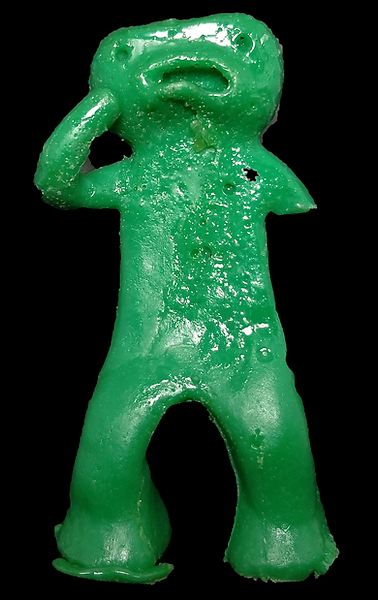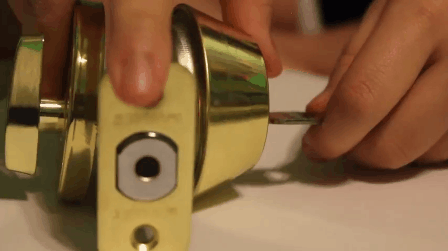
Justin W.H. Yuen
Redesign of Common House Key Based on FEA Data


Our group project was to perform FEA analysis on a key. The key (left) and our group's solid model of the key (right).

Our global mesh analysis showed stress concentrations at the shoulders

I noticed when a jammed key breaks in a lock, most cases the blade of the key is stuck inside as shown on the left. Users would have to use a broken key extractor or call a locksmith, both of which take time and money.
To resolve this, I thought of extending the length of the key blade, thus pushing the shoulder back. Therefore, if the key broke, the key blade would stick out of the lock enough for the user to pull out with pliers.


The purpose of shoulders are to prevent the key from entering the lock too far. To determine if the key would still be functional without a shoulder, we tested a copy of the key with a shoulder that was not in contact with the lock. As you can see from testing the original key (left) and the copy (right), the key still functions without the shoulder touching the lock. Hence, it is okay to remove the shoulder as long as the blade was aligned with the lock and pins. In the picture below the blue line represents the shoulder of the original aluminum key (bottom) and the red line represents the shoulder of the brass copy (top). The gap between the two lines are small but nonetheless show keys can function without shoulders.



I removed the shoulders and replaced them with tapered shoulders. This simple redesign reduced the max stress by 65% and addressed the user's experience with jammed keys. This project helped me learn how being user focused can help find the solutions we need.